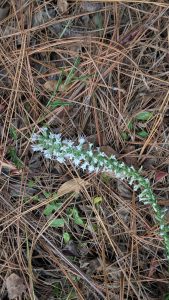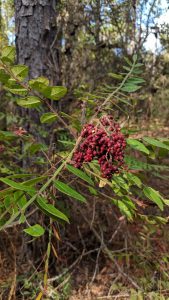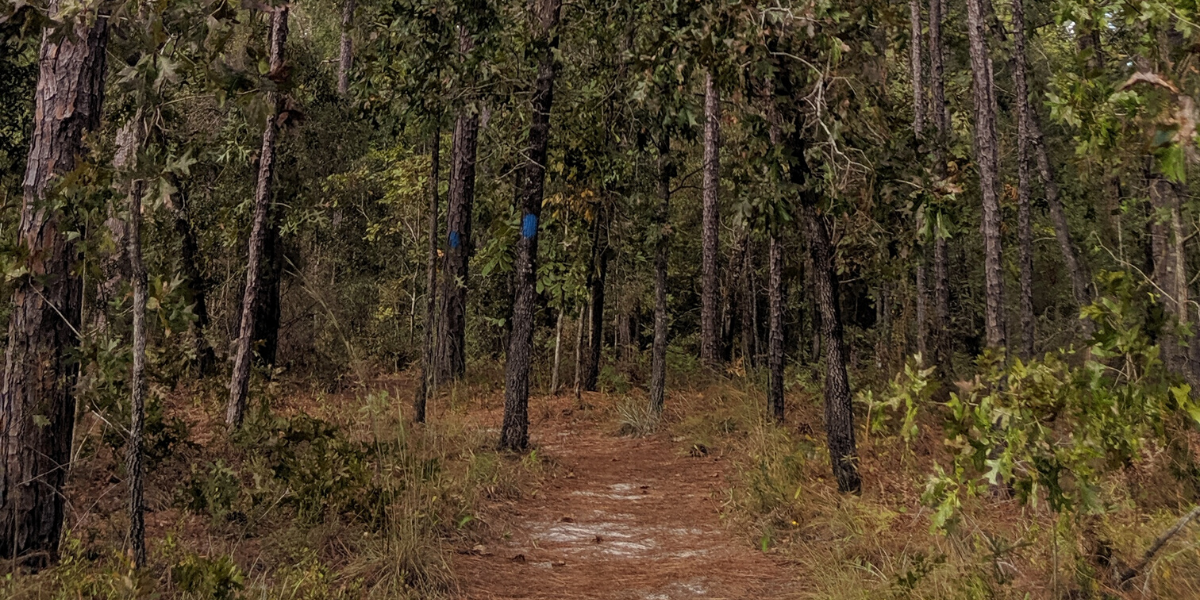When I’m out in the woods, I like to disconnect. No apps, no texts, no social media. Just me and my camera. That was until I was introduced to iNaturalist.
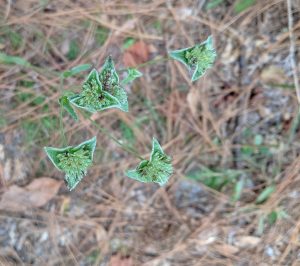
This mobile app prompts you to take a photo of a plant or animal, upload it, and identify it. Thankfully, their identification software is pretty spot-on, and for the more nuanced subspecies, the app is widely used by local biologists and researchers. iNaturalist builds a community of wildlife lovers, all coming together in our search for knowledge and a name.
I believe that when we know the names of the species we see in nature, we notice them more, appreciate them, and share that knowledge with others. I’ve experienced this feeling first hand. Since I learned to identify goldenrod and beautyberry, and I see them everywhere. When I see a flittering in the corner of my eye, I wonder if it was a titmouse, chickadee, or wren. These species are not just flowers, not just birds – but special species that I know and love. Once you put a name on something, it becomes more important to you. That’s the power of an app.
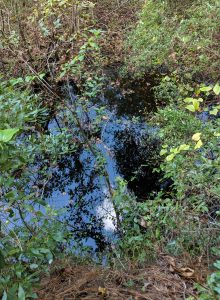
Today at Leon Sinks Geological Area just outside of Tallahassee, I identified several plants at different levels of the forest. Along the ground, I noted brackens and elegant gayfeather. In the shrub level, I saw shining sumac and saw palmetto. In the understory, water oaks stood above me. At the canopy level, longleaf pine stretched for the skies.
This property within the Apalachicola National Forest has five miles of trails that wind around sinkholes big and small, wet and dry. Situated atop a layer of limestone, rainwater and groundwater have eroded and dissolved the terrain, creating carverns, holes, and tunnels in the limestone. Along with sinkholes, you can also see natural bridges and a disappearing stream. Natural communities that grace this site include cypress and gum swamp and hardwood forests. If you’re lucky, you may see wildlife like gopher tortoises, deer, turkey, hawks, raccoons, snakes, and salamanders.
After my day on the trail, I upload my photos to iNaturalist and start verifying my findings. I tag my location and wait for others to comment on my post. Often, because I am a novice, my I.D. will be corrected, and I am all the glad for it. When I use the app and log in to my local natural community, I am part of the scientific discoveries there. I am helping generate data that feeds into not only other interested plant-geeks like me but can inform land management decisions. Tools like iNaturalist connect us with nature.
While I generally advocate disconnecting while you’re on the trail, technology can help you bring your hike home.
